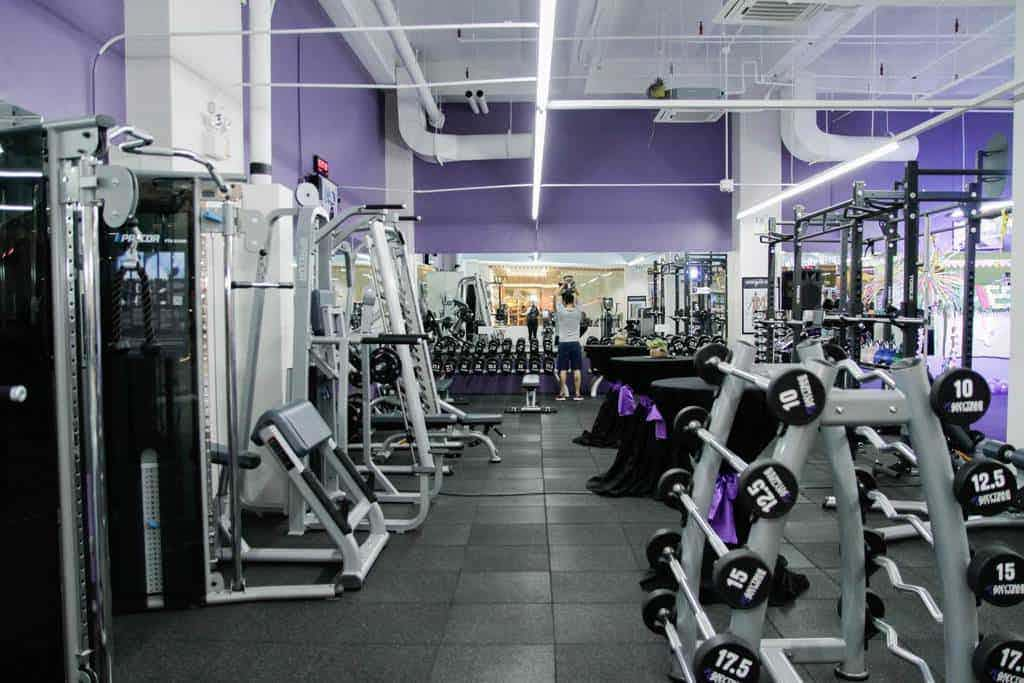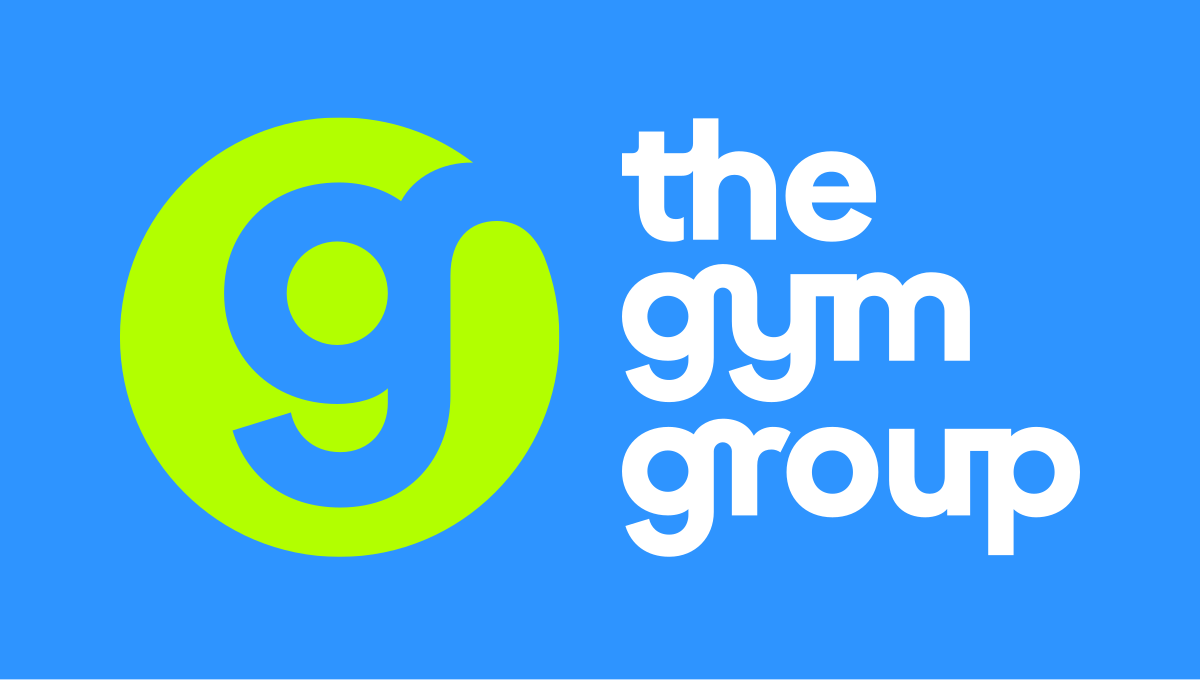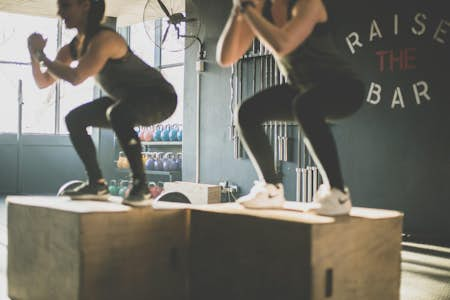What are the benefits of gaining muscle after 50?
Increasing your muscle mass has various benefits, both short term and long term. Here are some of them:
- Increased metabolism - Muscle requires more energy to maintain, so your body will burn slightly more calories each day if you gain some muscle.
- Reduced injury risk - Having stronger muscles can help to protect you from injury after an accident. Better coordination (a benefit of strength training) can also help to reduce the risk of getting injured in the first place. Strength training can also increase bone density, which is crucial for adults over 50, particularly women.
- Independence - Getting stronger and becoming less frail can help you stay independent as you age. You won't need to get help from a neighbour or grandchild when bringing the shopping in; you should be able to do this yourself without a second's thought.
- Mental health improvements - This is tied to the muscle-building exercises themselves rather than actually having larger muscles. Regular exercise has been shown to improve your mood, help you focus better, and reduce the symptoms of depression.
- Lose fat - As mentioned before, increasing your muscle mass can boost your metabolism. This can help contribute to a calorie deficit, particularly when paired with regular exercise and a good diet. Over time this can lead to reduced body fat.
- Improved athleticism - Do you play any sport? From rugby to bowls, your performance in almost any sport can be improved by building lean muscle. Your body will be more efficient, your coordination will be improved, and you will be able to play at a higher intensity without risking injury. Strength training can also improve your aerobic fitness.
- Improved hormonal production - Men can see improvements in testosterone and growth hormone production when building muscle.
Ready to transform your life? Whether you're looking for a new pair of running shoes or some shiny home gym equipment, you can find everything you need to fuel your fitness journey with our partner brands.
Can you still build muscle in later life?
It becomes harder to build muscle or even maintain it as you age. There are numerous reasons for this, but the three most significant are:
- Your body doesn't absorb leucine (an amino acid that is crucial for muscle) as well, meaning that you need to consume MORE protein than younger people. Something that older people rarely do.
- Hormonal changes can reduce testosterone in men, and women can see a decrease in oestrogen and progesterone levels. These hormones are required for building and maintaining muscle mass.
- A reduction in activity levels, either through retirement from an active job or due to a decrease in mobility. This last step can become a vicious circle.
Just because it becomes more complicated doesn't mean it's impossible to build muscle in later life. What does matter, though, is what your current muscle mass is.
- A 60-year-old who has never lifted weights before in their life could build muscle relatively easily.
- A 60-year-old who has been lifting weights for decades would struggle to build muscle and would start to see a reduction over time.
This may sound backwards. But it does make sense. If you have never really exercised before, then you would only need to build a small amount of muscle to see progress.
In contrast, if you have been exercising at 100% for years, it would be challenging to overcome these age-related barriers.
Most 60-year-olds haven't been training at 100%, though—most members of the general population train nowhere near their full capacity. So the answer for most is that yes, you can build muscle in later life.
Is it possible to build muscle after 30?
It is around your mid-30s that your testosterone levels begin to naturally lower. So, it would make sense that building muscle after 30 would be tricky. But this is not the case.
For starters, there are many ways to naturally increase your testosterone levels (or progesterone levels for women). Sleeping better, eating healthier, and regular exercise are all ways to prevent a loss of hormones.
Also, as mentioned before, while it may become slightly more challenging, most people are nowhere near their potential. Therefore, a change in approach to fitness can lead to some fast changes.
But even people who've been lifting all their lives can expect to see improvements in their 30s as they get better and more efficient at lifting.
Most professional bodybuilders peak in their late-30s and early-40s. Many powerlifters and World's Strongest Man competitors also see better results in their 30s than in their 20s.
Can an 80-year-old build muscle?
While a 30-year-old building muscle will probably not raise many eyebrows, an 80-year-old might!
As you've probably guessed from reading this far, it certainly is possible, but this depends on the fitness of the person in question, their mobility, and their current levels of muscle mass.
What is true, though, is that an 80-year -old can maintain muscle much better through resistance training (weights or bodyweight) than an 80-year-old who does nothing!
Is it ever too late to build muscle?
There is never a time in anyone's life where lifting weights for the first time is a bad idea. It can slow muscle atrophy (loss), improve your ability to walk and climb stairs, and offer you a more active and independent lifestyle.
If you're in your 90s and expecting Schwarzenegger levels of muscle gain, then you may be disappointed. But even a 90-year-old can benefit from resistance training and some more cardio. Just ensure you consult your doctor first and have a coach or trainer to teach you proper technique (as poor form can lead to injury).
How to build muscle in later life
If you are interested in building muscle, there are specific steps you should take to ensure success. Here is a brief list for you to follow:
- Consult your doctor first – This is a good idea for anyone over the age of 60. You may be on medication that can be affected by exercising or have medical conditions that require extra thought about exercise selection, like high blood pressure.
- Increase your protein intake – You need protein to build muscle, and leucine absorption is lower the older you get, meaning you need more protein. Whey protein powders are an economical way to increase your protein levels.
- Focus on compound movements and resistance machines. A compound movement is one that works multiple muscles at the same time rather than just a single muscle (known as an isolation movement). Resistance machines are great for people who lack coordination or muscle mass. After a few weeks' training, you should be able to switch to free weight exercises and add isolation exercises into your routine.
- Learn how to squat and deadlift – These are two of the most challenging exercises to learn to do correctly. However, they are also the two most effective for older people. Hire a coach or sweet-talk a fitness instructor into teaching you these movements. Treat the exercise with respect, but don't be too scared to learn. Performed correctly, they can transform your life.
- Aim for high-rep, low-weight exercises at first. Once you have mastered the movements, you can increase the weight and reduce the reps. This will help you to build strength.
- Focus on rest and recovery – Give yourself ample rest between sets and exercises. But also focus on recovery after the session. Sleep for eight hours, increase your protein intake and stay active to improve recovery. This will reduce the risk of injury and will allow you to avoid the more unpleasant side effects of overtraining.
Dieting for muscle growth
The rules for dieting are straightforward when it comes to muscle growth. If you are underweight, you need to create a calorie surplus. This is where you gain more calories from food than you burn throughout the day.
Adding an extra meal or a couple of extra snacks per day is an excellent way to do this. Or you can increase the portion sizes of one or two of your meals. It depends on how much weight you want to gain.
Increasing your carbohydrate intake on days when you work out is a good start. In addition, eating 2 grams of protein for every kilogram of your body weight is a good idea. Using supplements such as whey protein can be helpful if you're struggling to get enough dietary protein.
If you are "normal" weight - i.e. your BMI score is average for your height - you don't need to eat more or fewer calories. But adding some more protein to your diet is a good idea. You can lower your carbs slightly to compensate.
If you are moderately overweight, you may not need to lower your calories. However, the added calories burned via exercise may help put you into a calorie deficit. Your body will have more than enough fuel to train hard and gain muscle.
If you are very overweight or obese, you can still build muscle while in a calorie deficit, particularly if you are new to resistance training. There is a myth that you need to be in a calorie surplus (bulking) to build muscle. But this is not always the case.
Overweight or obese people can see muscle growth even when in a calorie deficit. This is because they are still consuming a decent amount of calories, which are enough to fuel muscle protein synthesis.
Basic dieting rules for muscle building
- Eat protein with every meal
- Don't undereat; your body needs the extra calories to fuel muscle growth
- Whey protein shakes and creatine are good supplements
- Eat more carbohydrates on workout days
- Post-workout protein is a good idea, but it isn't necessary for muscle recovery if your daily protein intake is already high.
How to gain and maintain muscle after 50
As you can see, not only is it possible for someone to gain muscle after reaching 50 years of age. It is encouraged. Consistency is the most crucial factor in whether you will succeed or not. It is better to make one or two changes to your lifestyle and stick to them than to make 60 changes and give up in a week.
Full-body workouts that target each muscle group, performed three to four times per week with a high protein diet, is all you need for success. You can expect to see improvements to your muscle size and strength within 8-12 weeks.
If you’re experiencing pain or exhibiting other symptoms during or after exercise, you should stop what you’re doing and seek medical attention.
With Scan.com, you can take action quickly and put your mind at ease.
Choose from 10 scan types at over 250 clinics nationwide and get the answers you need so you can continue looking after your health.
Visit Scan.com now to learn how it works and book your scan.









